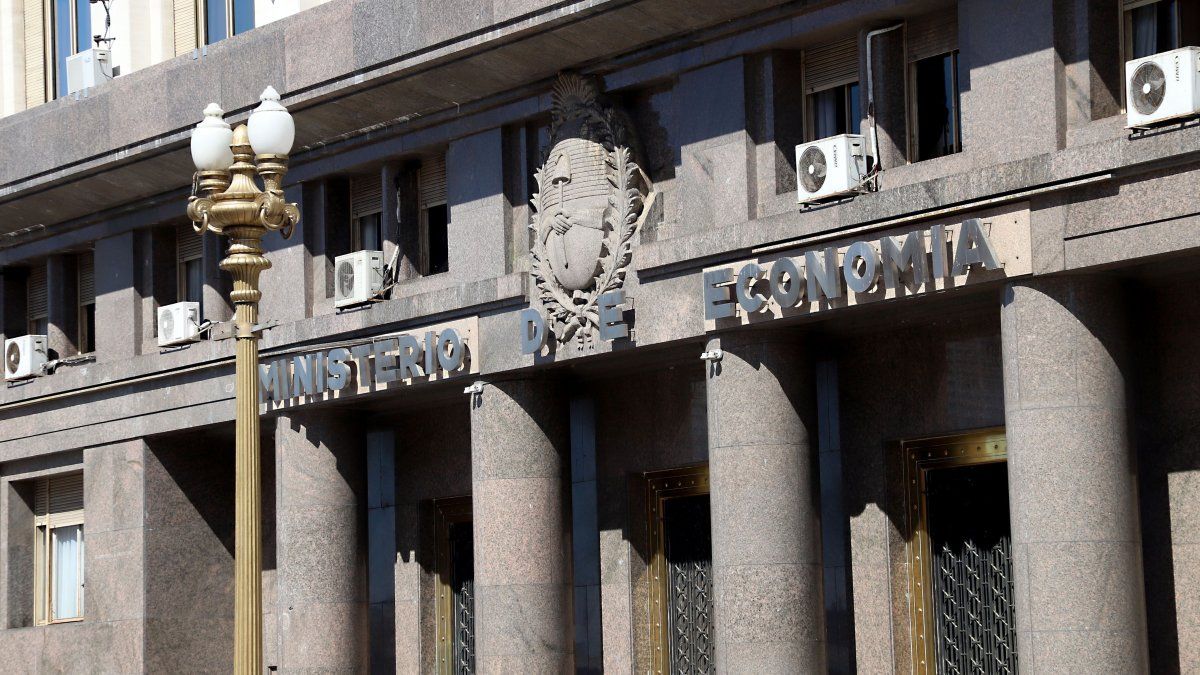The fiscal scenario closed better than expected in 2023, with a deficit for the global public sector that stood at 3.6% of the GDP, after having reached 4.4% in the month of October. This is good news, although the high fiscal deficit continues to put pressure on the country’s debt levels. This is sustainable to the extent that the growth maintain dynamism and -obviously- this growth results in greater revenue for the State that allows it to cover the service of debt (capital and interest). Not all GDP growth has the same impact on collection, neither in dimension nor in term.
The year 2024 is shaping up to be a recovery in activity, which would allow collection to improve, after declining in 2023, and face the greatest expenses of the State, including financial expenses. However, 2024 also enters an external scenario with the interest rate internationally at higher levels than those seen in previous years. During 2023 the rate of US bond 10-year debt – a main benchmark in the global sovereign debt market – rose from an axis of 3.5 to 4.5%.
It has recently fluctuated towards 4%, but the firmness that the American economy (particularly in the labor market) causes a review of expectations of a soon decrease in the interest rate by the Federal Reserve, which would most likely occur towards the second semester. So that Uruguay (like the rest of the emerging countries) will have to face a debt securities market with higher average rates.
It is a challenge for those responsible for debt management and will surely imply a certain increase in the cost of debt. indebtedness. However, Uruguay has reaffirmed its investor grade and the latest data on the evolution of the debt/GDP ratio allow us to maintain a certain peace of mind, although we should not rest on our laurels.
The attached graph illustrates the evolution of said indicator taking the latest GDP and debt data published by the Central Bank of Uruguay. Although the ratio has had a modest increase and is at 66%, there are no major leaps and the complicated ordeal that the pandemic from a financial point of view.
WhatsApp Image 2024-02-07 at 16.43.09.jpeg
Warnings
In a recent document, economists from the International Monetary Fund (IMF) Tobias Adrian, Fabio Natalucci and Jason Wu, analyzed the current global interest rate scenario and its implications for emerging markets. They highlight that these countries have managed to improve their macroeconomic and financial management, among other things with flexible exchange rates and independence of the Central Bank.
However, they warn that interest rate differentials of emerging countries with respect to those of developed ones are reducing, which may imply a relocation of investments from the first to the second (they do not mention any specific country).
In the case of Uruguay This can make the placement of new debt somewhat more expensive, even with the benefits of investment grade. Our country paid an average rate of 5.1% on its debt in dollars, similar to what was recorded in 2022, but above the average cost in 2021 (4.6%).
On the other hand, the authors maintain that the scenario of greater volatility in interest rates makes investors more aware of short-term news. And if – for example – a scenario of higher rates for longer is confirmed, that can reduce liquidity in the markets of emerging countries.
Particularly considering that the fiscal situation in Europe and in USA she is delicate, and her financial needs almost overwhelming. Today the United States issued 10 year bonds for 42,000 million dollars (they were placed at 4.09% average), something unprecedented in the economic history of the world.
Even considering these warnings, IMF experts point out that emerging countries have opportunities to reaffirm their credibility, well earned by many of them for the way in which they managed their macroeconomic policy at the end of the pandemic. They add that central banks must remain committed to policy goals inflationdefining its inflation objectives based on the effective data of the economy.
For Uruguay, keep the macroeconomic stability It is essential if we intend to continue facing important productive and social challenges. There is no development with macro instability and there the fiscal and financial policy it’s key. Let’s hope that in this election year this will generate more unanimity than discussions.
Source: Ambito




